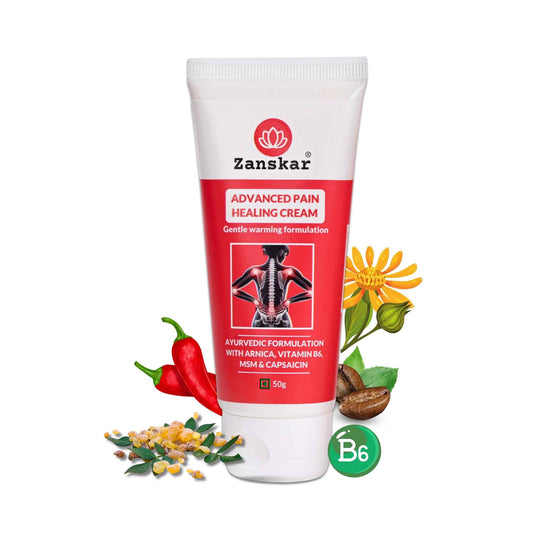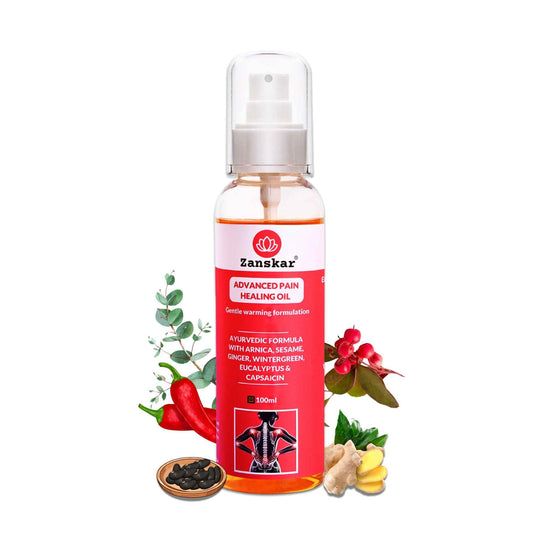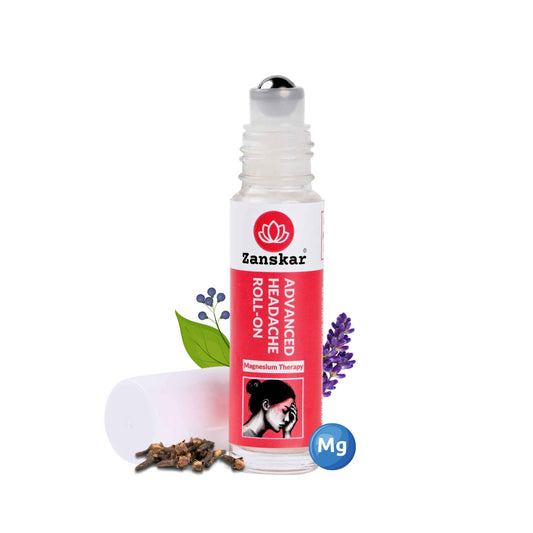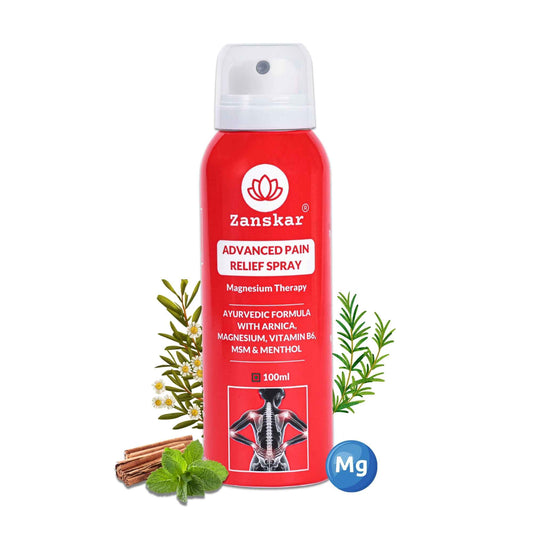
These Subtle Signs Indicate Your Pain Is Improving More Than You Think
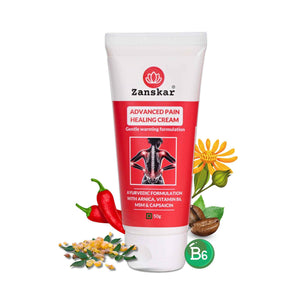
When you’ve been in pain for a long time, it can be hard to see little improvements along the way. No matter why your pain started (say, joint pain, injury, stress, or who knows what), most people look for obvious signs of improvement.
It’s not at all uncommon to feel like you aren’t making progress fast enough. But is that really true?
While less pain overall is probably your ultimate goal, there can be subtle indications that your musculoskeletal (muscle and joint) pain may be getting better, even if it doesn’t always feel like your pain is getting better. And it’s important to acknowledge those small improvements, even if they don’t feel like much.
Subtle Signs that Show Your Pain is Improving
While obvious leaps in pain reduction are certainly cause for celebration, subtler signs of progress can offer major insights into your body’s healing. Here are clues that Zanskar Health members often share with physical therapists and health coaches:
1. You Have Better Range of Motion
One subtle yet significant sign of improving joint health is an increased range of motion. You may notice that you can perform movements that were previously difficult or impossible. For example, you might be able to bend your knee a little further or reach for objects with less discomfort. This gradual expansion in your range of motion indicates that your joints are becoming less stiff and more flexible.
2. You Have Less Morning Stiffness
Many people with joint pain experience stiffness, particularly in the morning, which can make it challenging to start your day. If you notice that your mornings are starting off less painful and you’re getting through your morning routine faster, it could be a good sign that you’re improving.
3. You’re Taking Less Pain Medication
As your pain diminishes, you may find that you need to take fewer pain relievers or that you can go longer periods without them. Any reduction in medication usage can reflect an improvement in your joint pain and demonstrates that your body is recovering.
4. You Have More Energy
Living with persistent joint pain can leave you feeling drained and fatigued. However, as your joint pain improves, you may notice a boost in your energy levels. This increase in energy is a positive sign that your joints may be healing and that you are regaining your vitality.
5. Your Mood and Mental Well-being Are Improved
Chronic pain can take a toll on your mental health, leading to feelings of frustration, anxiety, or even depression. When your joint pain begins to improve, you may experience a lift in your mood and an overall improvement in your mental well-being. You may find it easier to engage in social activities, pursue hobbies, or simply enjoy life more fully.
6. You Feel Stronger
Maybe you’ve noticed that you feel less fatigued after climbing that flight of stairs. Or the 10-pound dumbbells you’ve been using in your workouts aren’t leaving you so worn out. These are all signs that you’re getting stronger. This, in turn, allows you to be more active which helps to further control pain and speed up your healing.
7. You’re Sleeping Better
Sleep is important for pain because your body needs to repair itself. The problem is that if you’re in pain, you’re less likely to get the sleep you need. If you begin noticing improvements in your sleep quality, such as falling asleep faster, experiencing fewer interruptions during the night, or waking up feeling more refreshed, it may suggest that your joint pain is improving.
8. You Have Less Frequent Pain Flares
Seeing a decrease in pain intensity is always encouraging, but it’s important to take note of how frequently you experience pain. Fewer pain flares, and more time between pain flares, is an indicator that your pain is improving and that you can continue to ease back into activities you may have stopped because of pain.
9. Your Balance Is Improved
Some types of joint pain can take a toll on your sense of balance. If you noticed a decline in balance as your pain got worse and are now pleasantly surprised that you can stand on one leg, or notice that you feel steadier when carrying something heavy, your pain might also be improving.
10. You Have Decreased Swelling
In some cases, joint pain is accompanied by swelling. Whether your swelling usually comes and goes or remains constant, a decrease in swelling may be accompanied by a decrease in pain.
11. You Notice Changes in How You Get Dressed
Pain causes many people to change parts of their daily routines, like how they get dressed. Little shifts, like standing (instead of sitting) to put your pants on, bending over to put your shoes on, putting a shirt on over your head are all signs that your pain is getting better.
12. You’re Moving Around at Work More
Pain discourages a lot of people from moving because it’s either too uncomfortable or they fear they’ll make their pain worse. If you notice you’re moving more, changing positions more frequently, or spending more time standing or walking during your workday, ask yourself if you’re doing these things because your pain is getting better. There’s a good chance it is.
13. You Can Return to Some of Your Normal Activities
Pain may have stopped you from doing some of the things you love — playing sports, walking, biking, standing for long periods of time, and more. If you find yourself easing back into these activities, even if you still have some pain, it’s a good sign that you’re improving. And if you have avoided returning to these things because you’re afraid of making your pain worse, testing the waters is a good way to not only assess your progress, but to help your body heal. As Zanskar Health physical therapists always say, movement is medicine. By doing the activities you love, even if they’re a little uncomfortable, you can help your body heal.
Recovery from joint pain may feel like a harsh road. There can be ups and downs or improvements followed by occasional setbacks. Everyone’s recovery path is different. But one feature that’s common for many: You’ll often see some improvement in function before you see a reduction in pain. So don’t be discouraged if you’re still waiting to feel better. But if you’re experiencing even a few of these signs, consider them an indication of progress and hope for a future with reduced joint pain and improved mobility.
How Zanskar Health Can Help You
If you have joint or muscle pain that makes it hard to move, Zanskar offers the most advanced full stack pain relief solutions for you.
Now available to purchase, Zanskar® Advanced Pain Healing Cream has a unique formulation of natural ingredients like Arnica, Vitamin B6, MSM and Capsaicin, which is trusted by over 20L+ pain sufferers globally. It provides lasting relief from muscle and joint discomfort that you can feel good about. Get your fix before stocks run out - buy now.
You can also gain access to therapeutic exercises and stretches for your condition by downloading the Zanskar Health physiotherapy mobile app. Additionally, you’ll have a personal care team to guide, support, and tailor our program to you, including behavioral and nutritional coaching.
Download our mobile app here 👉 download and track your exercise streak.
Medical Review: This article is written by Dr Nishtha Mittal (Senior Health Content Editor at Zanskar Health) and has been medically reviewed by Dr Rashi Goel (Senior Physiotherapist at Zanskar Health). This article and its contents are provided for educational and informational purposes only and do not constitute medical advice or professional services specific to you or your medical condition.




